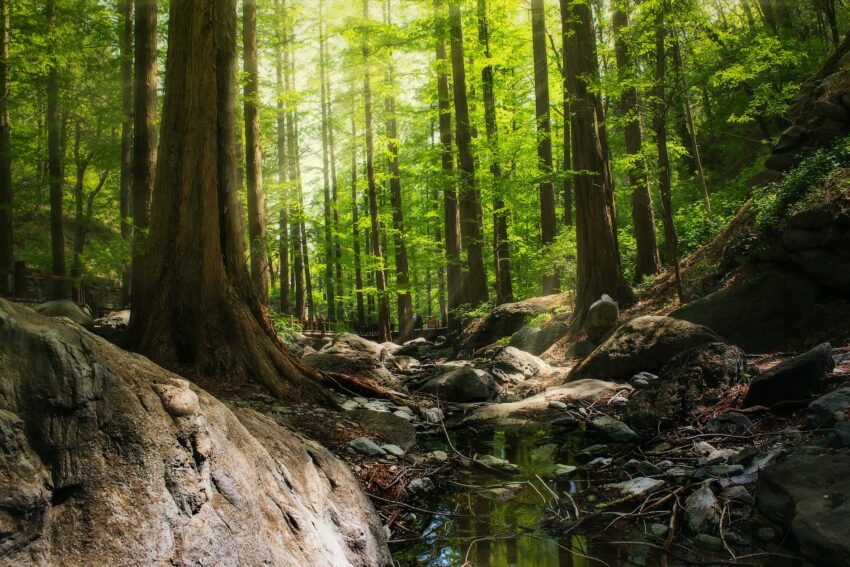In the heart of the lush Amazon rainforest lies a spiritual tradition seeped in sacred plant medicine that has been practiced for countless generations. A tool for awakening and healing that has drawn the interest of explorers, scientists, and spiritual seekers from all over the world. This tradition is the ayahuasca ceremony, a ritual integral to the indigenous tribes of the Amazon that pushes the boundaries of our understanding of the human mind and spirit.
In its simplest form, Ayahuasca is a brew made from the bark of the Banisteriopsis caapi vine and the leaves of the Psychotria viridis shrub, both endemic to the Amazon rainforest. Once ingested, the concoction induces intense hallucinations and introspective experiences, predominantly due to the presence of a powerful psychoactive compound known as DMT or Dimethyltryptamine.
The entheogenic brew is at the heart of many indigenous traditions, serving as a bridge between humans and the spiritual realm. Tribal shamans, or curanderos, use this plant medicine for prophesy, diagnosis, and treatment of ailments — both physical and emotional. This practice is a cornerstone of the rich tapestry of shamanic practices prevalent among Amazonian tribes.
To the people of the Amazon, Ayahuasca is far more than just a plant; it is a being with a conscious spirit. Often referred to as “Mother Ayahuasca”, she has the ability to diagnose and heal afflictions, dispelling negative energies and restoring balance. During an ayahuasca ceremony, participants enter a trance and journey into profound introspection that often leads to spiritual awakening. Each spiritual journey is distinct, tailored by Mother Ayahuasca to the individual’s needs and readiness.
In the past decade, a rising interest in alternative healing rituals and spiritual experiences has seen an increase in ayahuasca tourism. Ayahuasca retreats have sprung up across South America, offering visitors from around the world a chance to partake in these traditional ceremonies under the guidance of experienced shamans. These retreats have become both a haven for spiritual seekers looking to experience a unique transcendental journey, as well as a significant source of economic development for local communities.
Yet, it’s worth noting that the global fascination with Ayahuasca is not without controversy. As the brew seeps into popular culture, it raises questions about the potential for cultural appropriation, and the exploitation of the resources and ancestral knowledge of indigenous communities. Moreover, the intense nature of the Ayahuasca experience is not for everyone and needs to be approached with utmost respect and caution. It is also illegal in many parts of the world due to the psychoactive components in the brew.
Nonetheless, there is no denying that Ayahuasca carries both cultural and historical significance. It enriches our understanding of the human psyche, and offers fascinating insights into the world of traditional medicine. It provides an expression of the spiritual potential of plant medicine, a concept now gaining ground even in Western biomedical sciences.
In an era defined by increasing alienation and growing mental health concerns, the ancient wisdom held in Ayahuasca cautions us against completely dismissing traditional medicine. It challenges us to look beyond the constraints of modern pharmacology, explore indigenous wisdom, and to redefine our understanding of health, healing, and spirituality.
At the end of the day, Ayahuasca serves as a potent reminder of the deep spiritual connection between man and nature, a bond that modernization has seemed to dampen. Regardless of the controversies surrounding its use, one thing is clear, Ayahuasca and similar practices play a vital role in preserving the cultural and spiritual heritage of indigenous communities and they invite us to explore the uncharted terrains of our consciousness.
